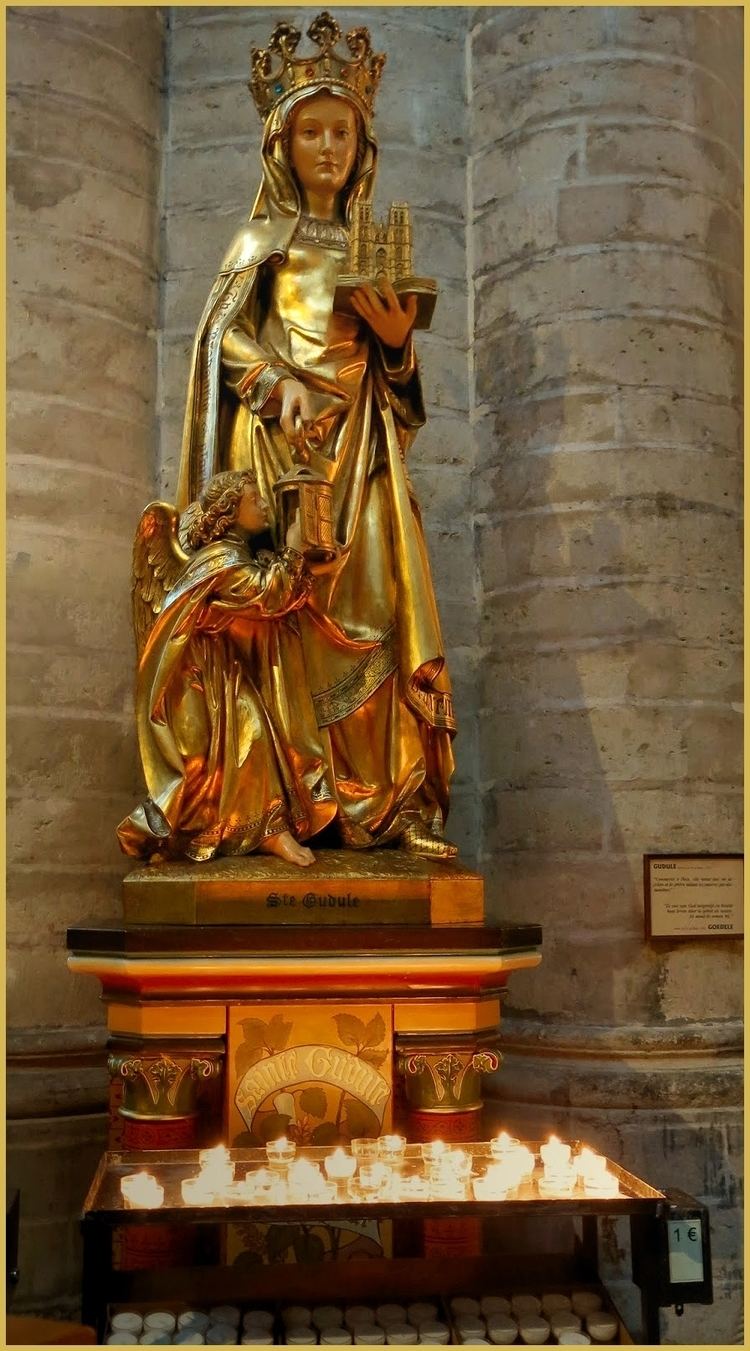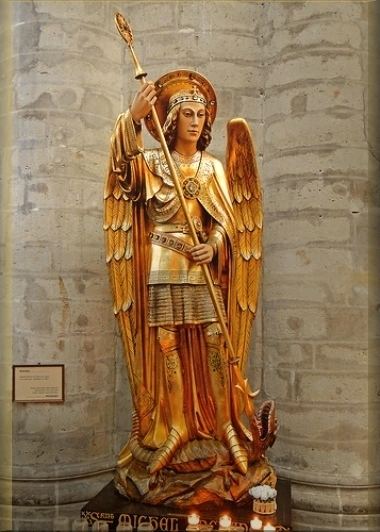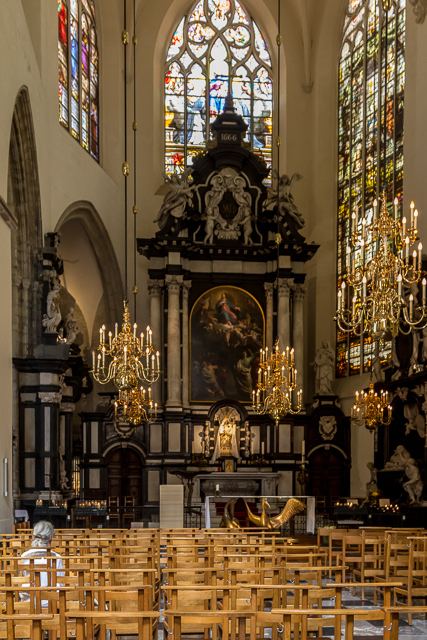Died 680-714Hamme Name Gudula Gudula | ||
 | ||
Feast 8 January; 19 January in the diocese of Ghent Patronage Brussels; single laywomen | ||
Humanity is born to love gudula taato gomez
Saint Gudula was born in the pagus of Brabant (in present-day Belgium). According to her 11th-century biography (Vita Gudilae), written by a monk of the abbey of Hautmont between 1048 and 1051, she was the daughter of a duke of Lotharingia called Witger and Amalberga of Maubeuge. She died between 680 and 714.
Contents
- Humanity is born to love gudula taato gomez
- Transformation song gudula taato gomez 1
- Life
- Veneration
- References

Her name is connected to several places:


In Brabant she is usually called Goedele or Goule; (Latin: Gudila, later Gudula, Dutch: Sinte Goedele, French: Sainte Gudule).

Transformation song gudula taato gomez 1
Life

The mother of Gudula, Saint Amalberga, embraced the religious life in the abbey of Maubeuge. She received the veil from the hands of St. Aubert, Bishop of Cambrai (d. about 668). Gudula had two sisters, St. Pharaildis and St. Reineldis, and one brother, Saint Emebertus (often confused with the bishop Ablebertus and Englebertus of Cambrai).

Gudula was educated in the abbey of Nivelles by her godmother, Gertrude of Nivelles. When Gertrude died, she moved back to her home at Moorsel, spending her time in good works and religious devotion. She frequently visited the church of Moorsel, situated about two miles from her parents' house.
Gudula died and was buried at Hamme (Flemish Brabant). Later her relics were removed to the church of St. Salvator in Moorsel, where the body was interred behind the altar. During the reign of Duke Charles of Lotharingia (977-992), the body of the saint was transferred to the chapel of Saint Gaugericus at Brussels. Lambert II, Count of Leuven, (d. 1054) founded a chapter in 1047 in honour of Saint Gudula. Bishop Gerardus I of Cambrai (d. 1051) led the translation of her relics to the church of Saint Michael in Brussels. The church later became the famous St. Michael and St. Gudula Cathedral.
In 1330, indulgences were granted to all who assisted in the decoration and completion of the church of St. Gudula at Brussels.
On 6 June 1579 the collegiate church was pillaged and wrecked by the Protestant Geuzen (Beggars), and the relics of the saint disinterred and scattered.
